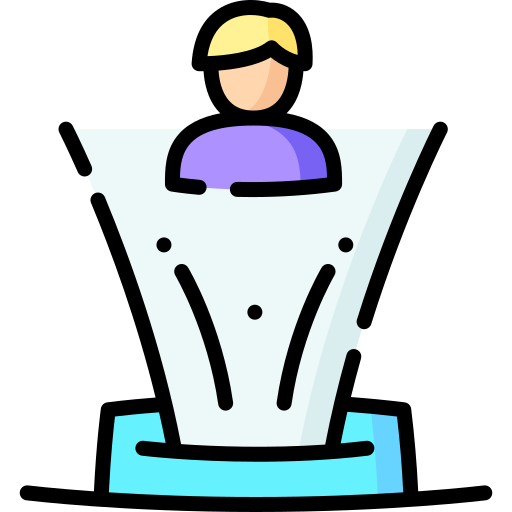3D holographic tables in Entertainment have become increasingly prominent as trending techniques bridged the gap between real and virtual worlds some years before. Such 3D tables provide engaging insights through the projection of 3D holographic images that users can interact with within actual moments. If you’re unfamiliar with this 3D hologram table, don’t worry you can explore and choose the most suitable holographic displays from a leading provider of holographic display solutions.


Elevate Your Brand with Hologram Table Technology, Redefining Advertising in the Digital Age. Explore the Possibilities and Transform Your Audience’s Reality Today!
Utilize 3D Hologram Tables in Entertainment with Seven Methods
There are some steps given below for you to utilize the 3D hologram advertising.
Mastering the Basics
Before you begin using a 3D table, it’s crucial to know how it works. Such 3D hologram tables utilize both hardware and software to present 3D holographic pictures on a flat surface, making it look like 3D objects sailing in space. The hardware typically adds sensors, display and processing units, while the software enables you to make and manipulate holographic content.
Preparing Your Three–Dimensional Holographic Table
The typically straightforward and involves preparing your 3D modelling services in the following steps.
- Assembly – According to the manufacturers start assembling the components of your holographic table.
- Calibration – Once assembled, calibrate the table for the best performance. This might involve tweaking settings like brightness, contrast and sensor sensitivity.
- Software Installation – Install the necessary software on the processing unit of the holographic table. Lets you enable this software to make and display the holographic stuff.
Operating the Interface
Most of the three-dimensional hologram tables come with an easy-to-use interface for operating and interacting with the holographic stuff. There is a basic overview of common interface elements.
- Menu – The menu offers you to access various functions & features, like settings, content libraries and tools for making or importing holographic content.
- Gestures – Most of the holographic tables enable gesture-based controls, allowing you to connect holographic objects by using hand movements or gestures detected by sensors.
- Touch-Screen Controls – The touchscreen controls feature of the holographic tables allows you to change holographic stuff directly on the screen surface.
Discovering Holographic Content
Once you know how the interface operates, then you can begin to discover holographic content. There are some typical types of stuff you might encounter.
- 3D Models – A 3D hologram table can screen 3D modelling services of objects, buildings or landscapes, it permits you to see them from various angles and perspectives.
- Videos and Animations – On a holographic table, you can also play videos or animations, making immersive visual experiences.
- Interactive Application – Most of the holographic tables accommodate interactive applications like educational simulations, games and design tools.
Engaging with Holographic Content
The real magic happens when you begin engaging with holographic content. Here are a few points highlighted below that you can engage with holographic objects.
- Gestures – To modify and handle 3D holographic objects, you can use hand gestures. For a moment, you can also pinch zoom in or out, swipe to rotate an object or tap to select.
- Touch-Screen Controls – If touchscreen features are in your holographic tables, you can engage with objects directly by dragging, tapping or pinching.
- Voice Commands – A few advanced features are included in 3D hologram advertising i.e. voice commands, which allow you to control the interface and engage with content spoken instructions.
Crafting Your Holographic Content
Crafting your holographic content is one of the thrilling parts of owning a 3D holographic table. Here’s where you can begin.
- 3D Modeling Software – To make or import 3D models of objects, characters or scenes utilize 3D modelling software.
- Holographic Content Creation Tools – Some software plans are featured to design holographic 3D content offering various characteristics like holographic impacts and depth mapping.
- Importing Content – Being an expert in 3D modelling services, you can quickly import established content from online marketplaces or libraries.
Exploring and Enjoying
You can grasp joy and innovation with 3D holographic tables in Entertainment. Access various types of three-dimensional content, observe what creative opportunities evolve and discover engaging applications. Whether for professional use or entertainment, a hologram table delivers a lot of fun and inspiration.
Conclusion
Utilizing a three-dimensional hologram table can be exciting and immersive, no matter if you’re experienced with technology or just getting started. If you learn how these tables operate, get utilized to the controls and play around with holographic content, you’ll explore lots of cool things you can do with this cutting-edge technology. So dive in, discover and let your imagination go wild in the holographic world. To learn more about 3D holographic displays, connect with Vision3D customer care number – +91-8971953451.
